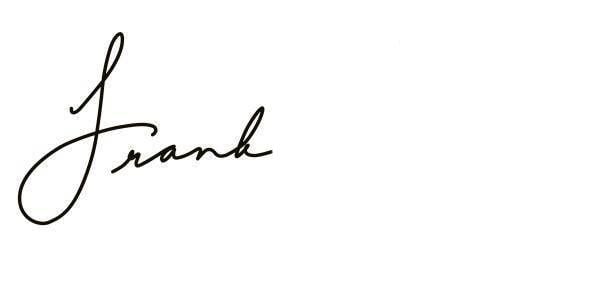Bootleg vs. Soundalike | Stars On 45
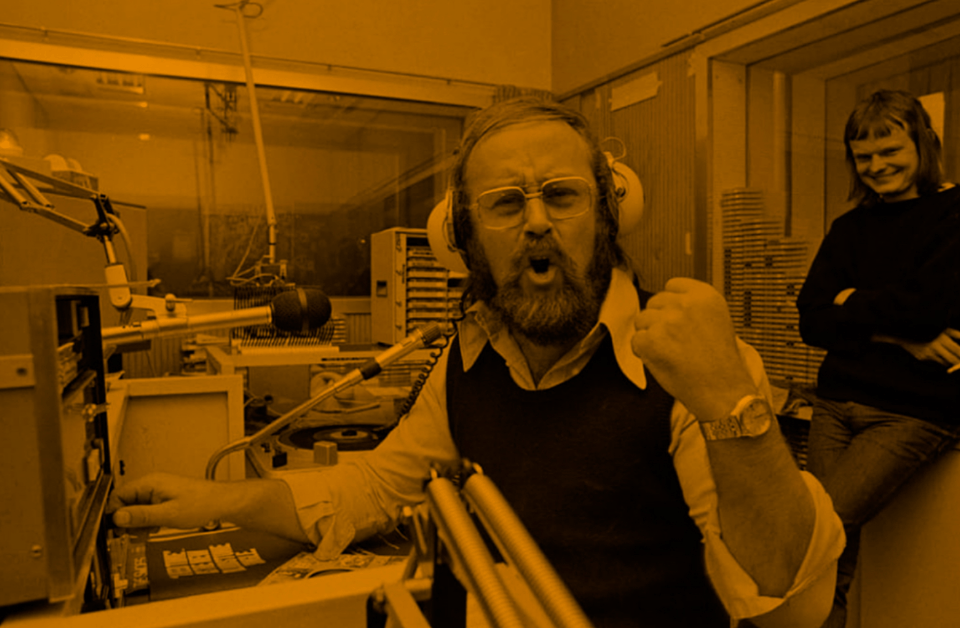
Back in 1980, while visiting a record store, Willem van Kooten, the managing director of the music publishing company Red Bullet Productions, noticed a disco medley being played on the sound system.
The medley blended original recordings by The Beatles, The Buggles, The Archies, and Madness with several recent disco hits like Lipps Inc.'s FUNKYTOWN, Heatwave's BOOGIE NIGHTS, and The S.O.S. Band's TAKE YOUR TIME DO IT RIGHT. The amazing part was that the rhythms of the various cuts complemented and "dovetailed" into each other.
But when van Kooten heard Shocking Blue’s VENUS in the mix, he realized the medley was a bootleg. VENUS was a song for which he held the worldwide copyright, and he knew that Red Bullet had not given permission for the use of the recording.
At the shop counter, Willem discovered that the bootleg was a 12” single called LET’S DO IT IN THE 80S GREAT HITS. It was credited to a nonexistent band named Passion and issued on a nonexistent record label called Alto.
The medley was the work of Canadian busker and small time hustler Michel Ali, along with two deejays, Michel Gendreau and Paul Richer. Gendreau and Richer specialized in "splicing," stringing together snippets of music from different genres in varying keys and beats per minute from various records. They had created several versions of the medley, but the one Willem discovered that day was eight minutes long, and included parts from more than twenty tracks, three of which were by The Beatles: NO REPLY, I’LL BE BACK, and DRIVE MY CAR.
With LET’S DO IT IN THE 80S GREAT HITS already circulating in clubs on both sides of the Atlantic, Willem decided to "bootleg the bootleg" and create a licensed version of the medley by using soundalike artists to replicate the original hits. So he gathered a cadre of studio musicians: John's parts were sung by Bas Muys, Paul and George’s parts were sung by Okkie Huysend and Hans Vermeulen. Willem did not initially included any songs sung by Ringo. The female vocals in the chorus were performed by session singer Jody Pijper.
Apart from the recreated songs, an original chorus and hook called "Stars on 45,” written and composed by arranger Martin Duiser, was added at intervals to help connect differing sections. The '45' in the title obviously refers to the 45rpm vinyl single.
The Stars on 45 recordings were produced before the advent of digital recording technologies, which meant that each song was recorded separately and then the different parts were manually pieced together with a pre-recorded drum loop, using analog tapes, to create the segued medleys. The specific drum loop heard on most Stars on 45 recordings is often referred to as the "clap track" (due to its prominent, steady handclaps).
The first Stars release was a nearly 12-minute 12" single, issued on CNR Records in December 1980, a few years after what many had hoped or believed was the apex of disco and a few days after the murder of John Lennon. Keeping with the bootleg idea, Williem simply titled it STARS ON 45 MEDLEY and released it with no credits on the label or the cover.
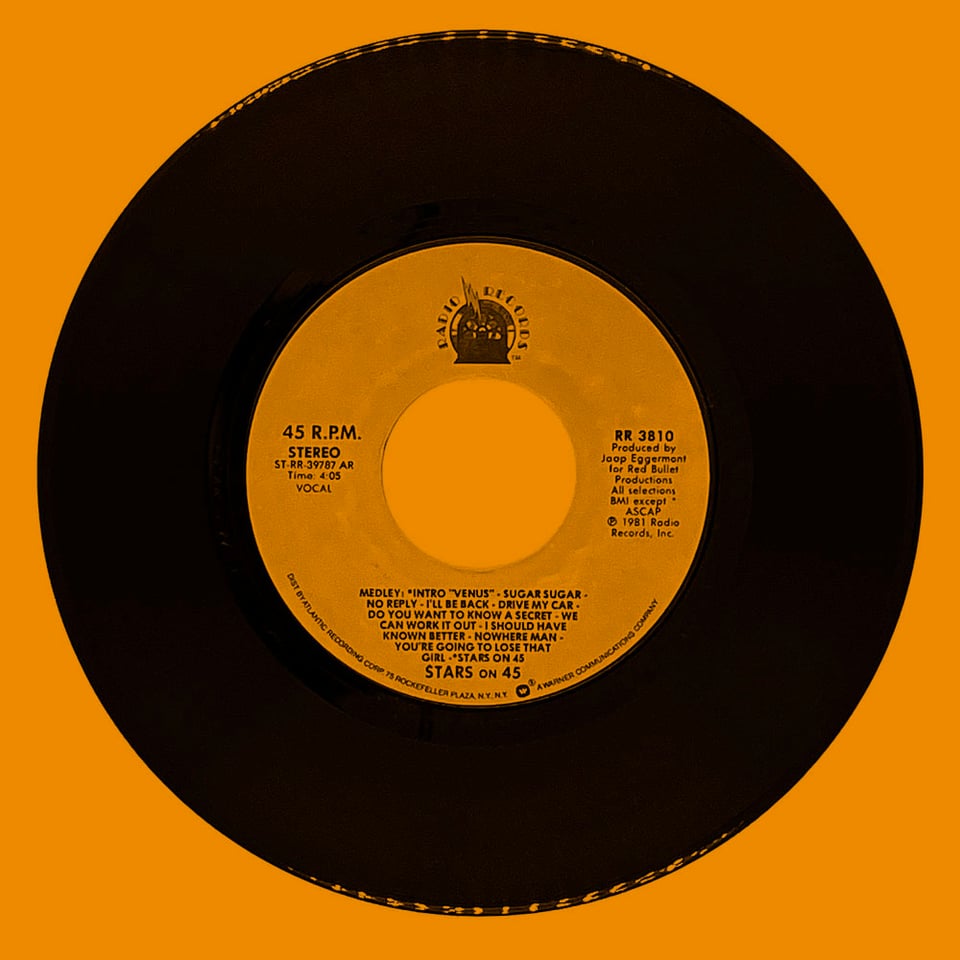
But Dutch radio began playing the four-minute, eight-track Beatles segment of the medley that was plopped down in the middle of the mix. So, apparently unafraid to cash in on the death of a creative genius, Willem and company released an edited 7" single with the Beatles part preceded by VENUS and SUGAR, SUGAR.
The medley was released and hit the number one spot on the Dutch singles charts in February 1981. A few months later, it also reached number two in the UK, where it was released by CBS Records and credited to the imaginary band Starsound. In June 1981, the single went to number one in the US, where it was released by Radio, a sublabel of Atlantic Records. This time, the release looked official, and the tracklist for the STARS ON 45 MEDLEY included the names of all the songs that make up the actual medley. With its 41-word title, the single holds the record for the number one single with the longest name on the Billboard charts.
Before we go any further, now is probably a good time to take a break and watch the insanity of an early 80s music video….
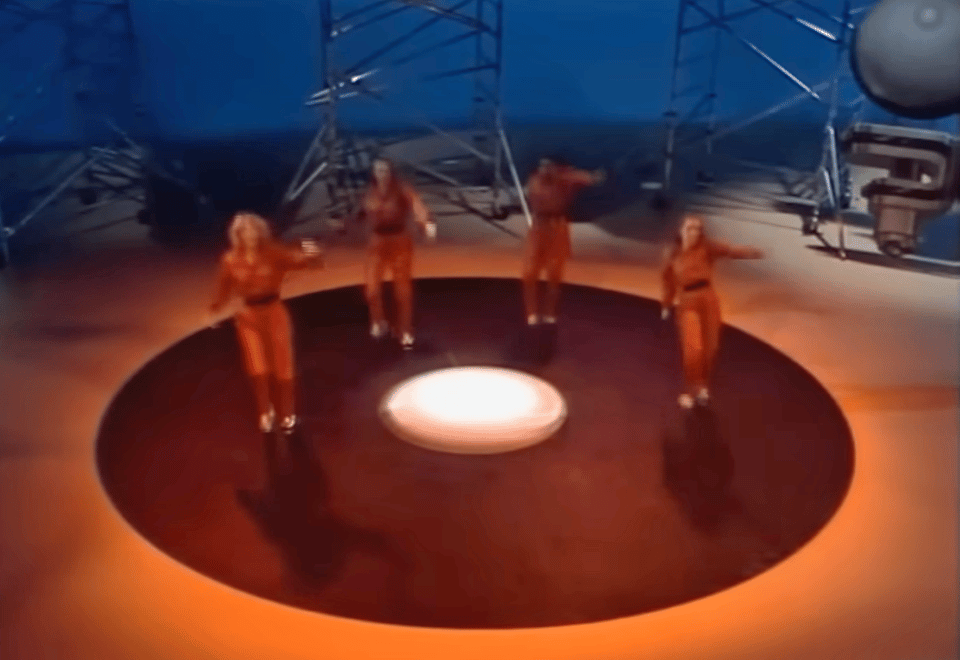
And we are back.
Toward the end of that year, Martin Duiser was awarded the Conamus Export Prize in the Netherlands in recognition of his contributions to Dutch culture and the economy, likely for proving that disco was not dead.
Willem continued to successfully mine the rich fields of medleys, featuring extended cuts from soundalike Rolling Stones and Stevie Wonder. Duiser, along with Tony Sherman, who sang lead vocals for STARS ON STEVIE, again won the Conamus Export Prize.
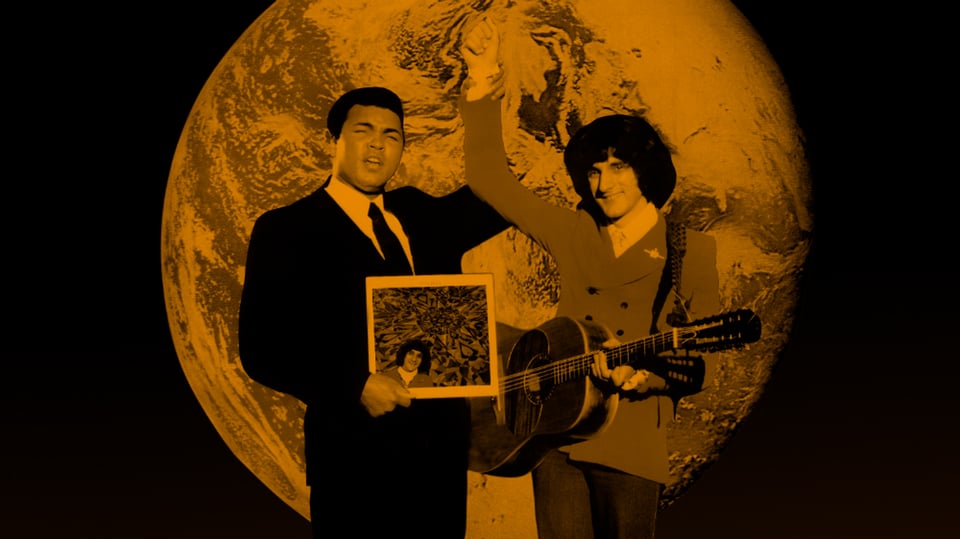
What happened to Michel Ali, you ask? Good question. Born Robert Williams, Michel was signed and then let go by EMI around the time of The Beatles' breakup. Also one unafraid to cash in on celebrity, he changed his name a few years later when he became part of boxer Muhammad Ali’s entourage, even appearing on an episode of This Is Your Life with the heavyweight. In 2008, Michel co-founded The Kindness Offensive, a UK foundation that feeds the homeless and provides holiday gifts to underprivileged children.
More, More Medleys, Pts. 1 & 2
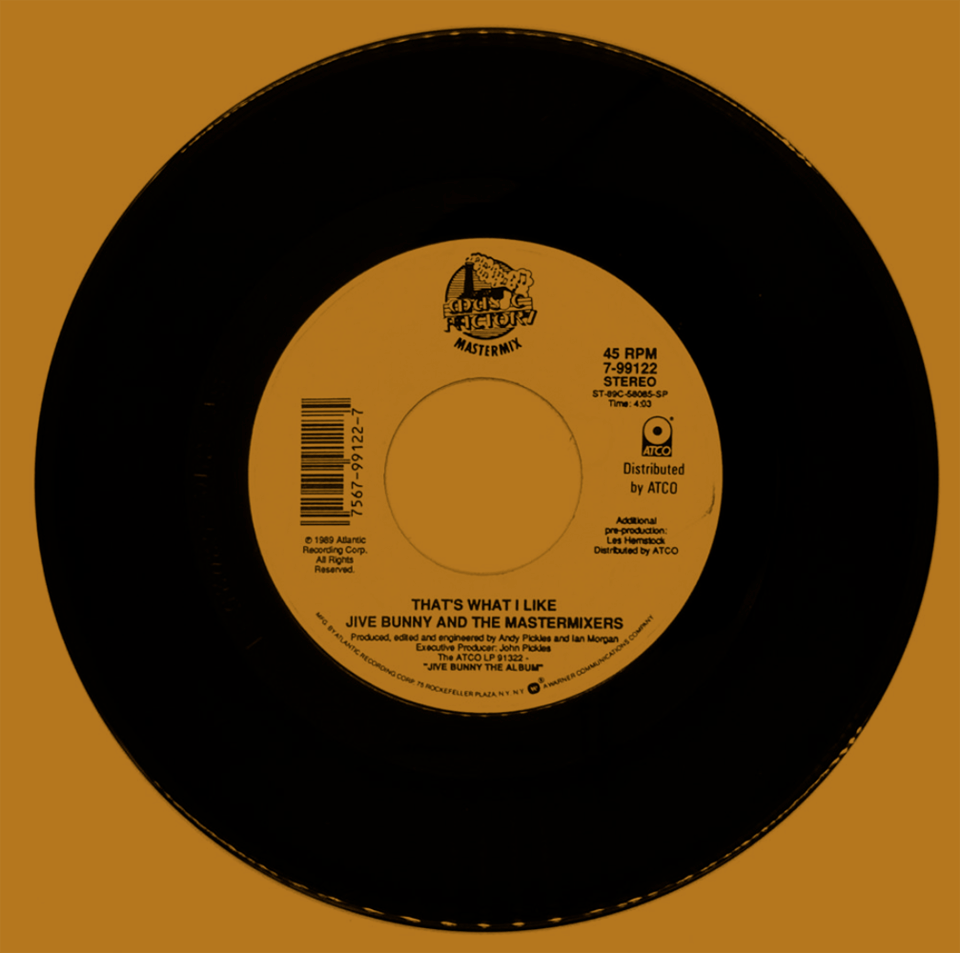
Beginning in the late 1980s, a Brit novelty group, Jive Bunny and the Mastermixers, had several hit singles using the same format as Stars on 45. This time, the nostalgia being cashed in on was early rock-and-roll songs. Initially, the group utilized remixes of original recordings by Bill Haley and His Comets, Little Richard, and The Everly Brothers. However, as swing dancing began to trend, they used singer impersonators atop a big band sound. Their best-known release is THAT'S WHAT I LIKE.
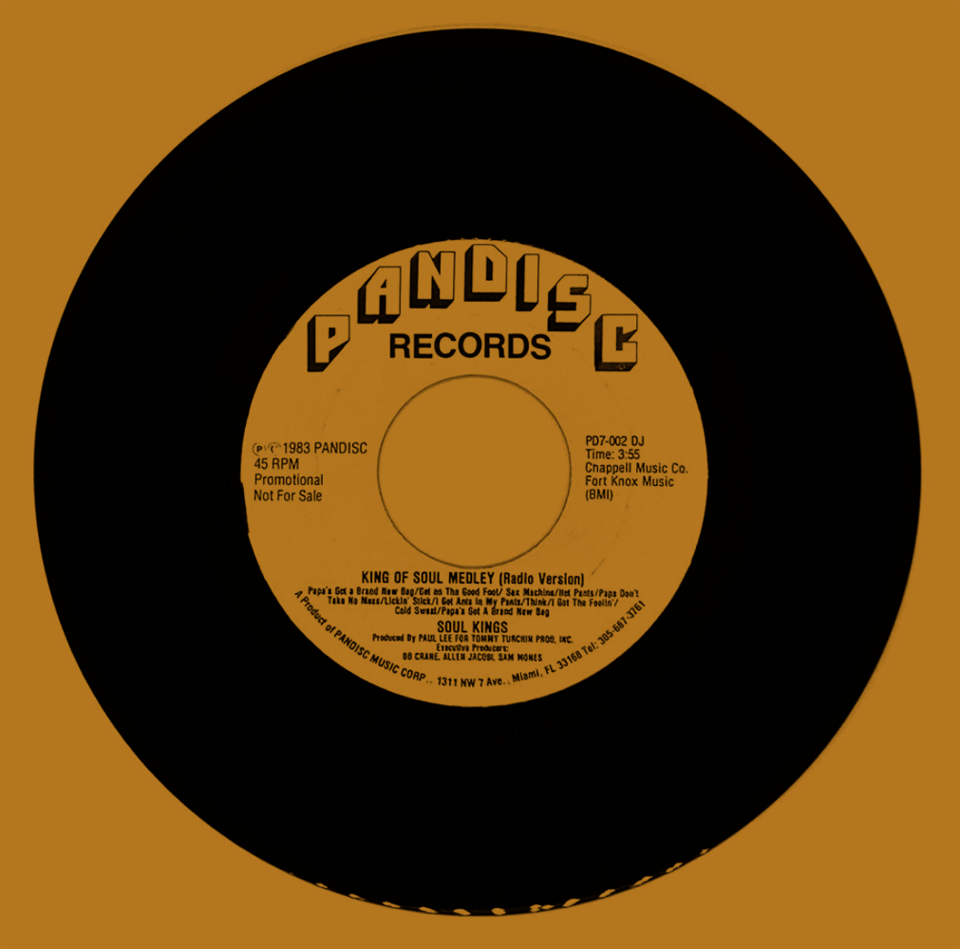
A bit before that, in 1983, Pandisc’s second release was a soundalike medley of James Brown’s greatest hits by a studio band named Soul Kings. Like Stars On 45, KING OF SOUL MEDLEY was released as a 12” for djs and a 7” for consumers in America. And in the Netherlands it was released on the CNR label (home to Stars On 45.)
Pandisc, having made a name for itself in the late ’80 with what is now considered the Miami bass sound, is still active today. And Tommy Turchin, of Tommy Turchin Productions, would go on to open Miami’s renowned and short-lived beachfront party palace Club Nu.
More, More News From The Federal Government’s Apocalypse
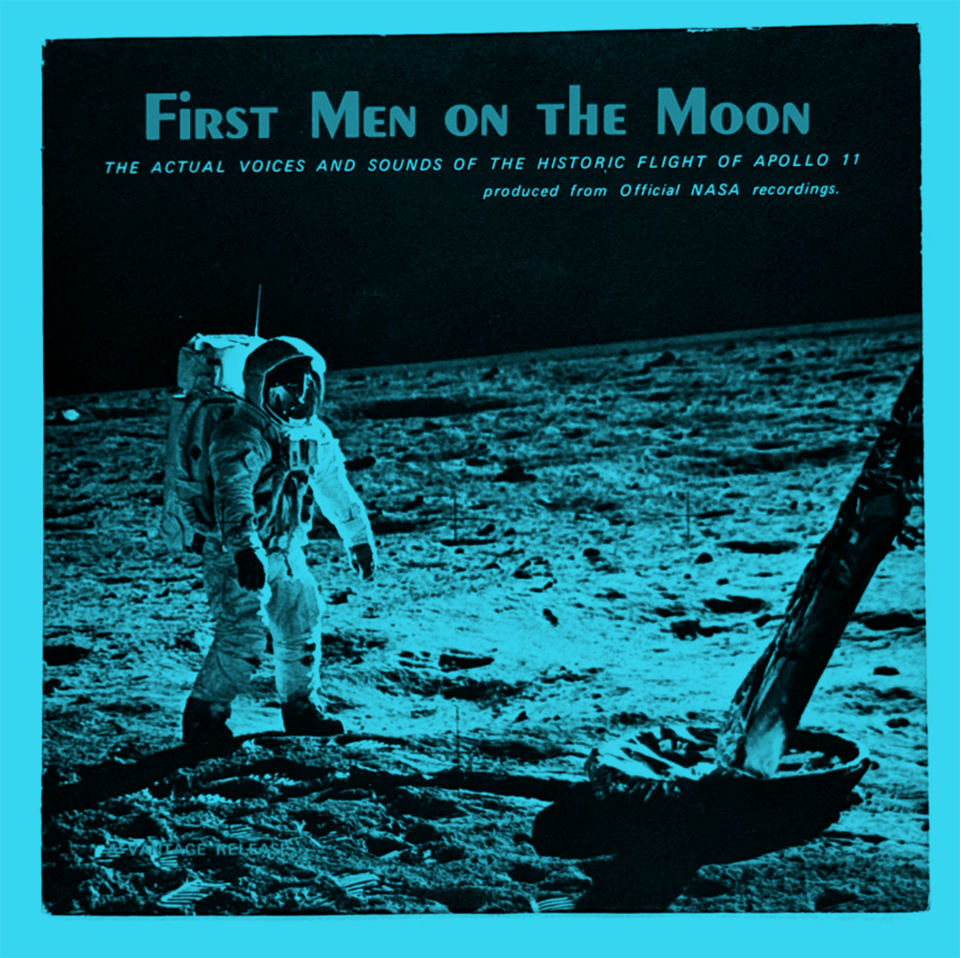
The dissolution of federal funding for the arts has Frank thinking about the amazing work of Smithsonian Folkways.
A part of the Smithsonian's Smithsonian Center for Folklife and Cultural Heritage in Washington, D.C., Folkways is the nonprofit record label of the Smithsonian Institution. The label was founded in 1987 after the family of Moses Asch, founder of Folkways Records, donated the entire Folkways Records label to the Smithsonian.
The donation was made on the condition that the Institution continue Asch's policy that each of the more than 2,000 albums of Folkways Records remains in print forever, regardless of sales. Since then, the label has expanded on Asch's vision of documenting the sounds of the world, adding six other record labels to the collection and releasing over 300 new recordings.
This recording, featuring narration by Philadelphia broadcaster Vince Leonard (Homer Venske) of the first moon landing, is one of Frank’s favorite releases on Smithsonian, and it is something the Trump Administration cannot take away from us.
Thanks for stopping by. And best wishes for Spring!
